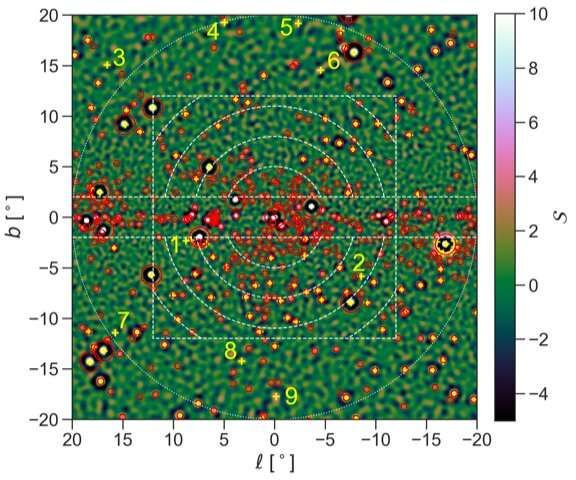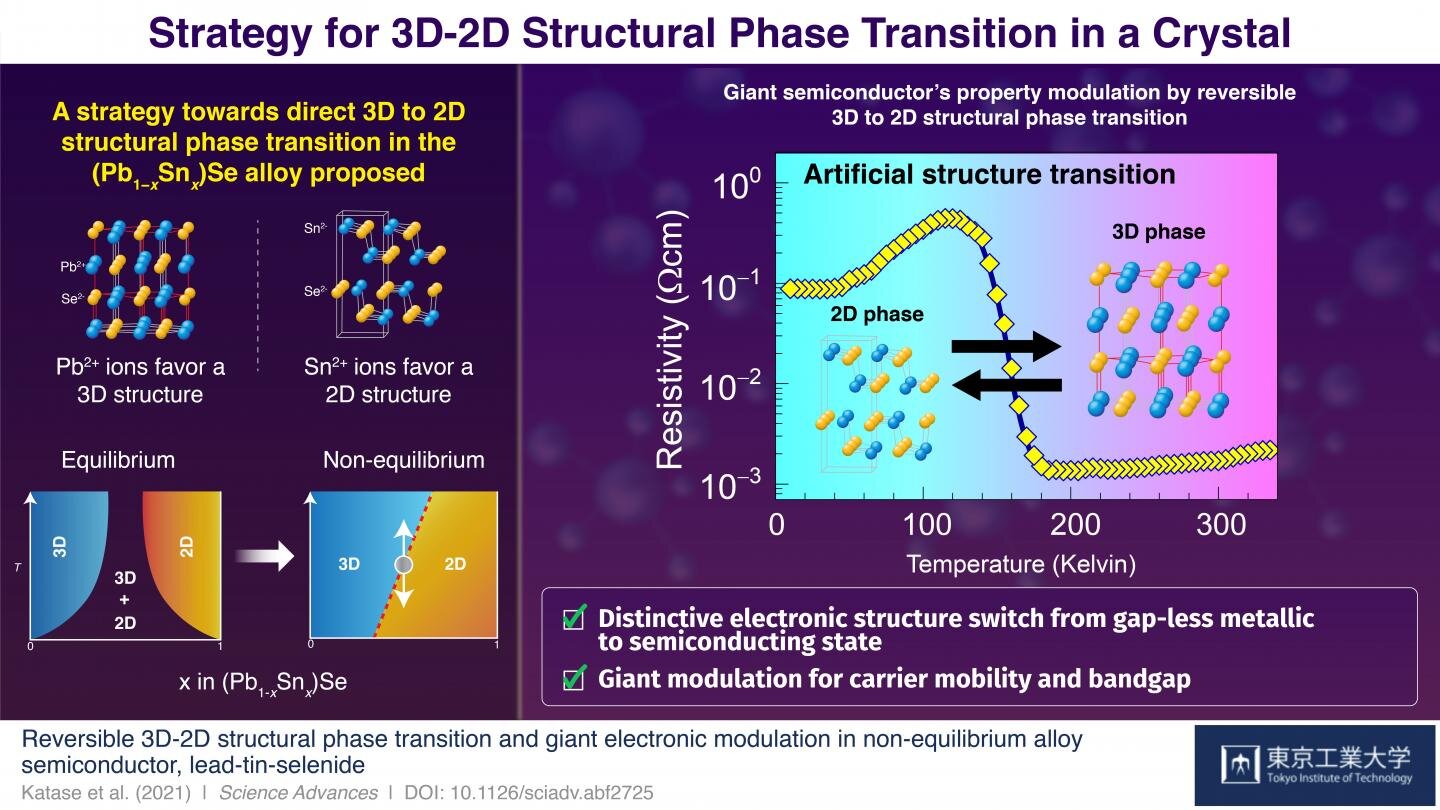#Could recently spotted dim point sources explain the galactic center excess (GCE)?
“#Could recently spotted dim point sources explain the galactic center excess (GCE)?”

Over the past decade or so, a number of astrophysics studies have detected an excess of gamma-ray radiation at the center of our galaxy. Despite the many attempts to understand this unexpected surplus of radiation, now known as the galactic center excess (GCE), its source and the reasons why it exists remain unknown.
Initially, astronomers hypothesized that the GCE was associated with dark matter annihilation. More recent evidence, however, suggests that this excess in gamma-rays could be produced by a population of point sources (i.e., sources of energy), some of which may have already been observed in the past.
Researchers at University of Chicago, the Fermi National Accelerator Laboratory and Oakland University recently carried out a study aimed at investigating this possibility further by comparing past theories and observations with items within a point source catalogue compiled by the Fermi Large Area Telescope (Fermi-LAT) Collaboration. The results of their analyses, published in a paper published on Physical Review Letters, place new constraints on the ability of any previously detected point sources to underpin the GCE’s smooth gamma-ray emission.
“Along with many of our colleagues we have been interested and intrigued by the galactic center excess (GCE) since it was first discovered almost 10 years ago,” Yi-Ming Zhong, Samuel Mc Dermott, Ilias Cholis and Patrick Fox, the four researchers who carried out the study, told Phys.org via email. “This excess of gamma-ray emission towards the center of the Milky Way may be a signal of dark matter annihilation or originate from more conventional astrophysical mechanisms. For instance, a prominent astrophysical explanation for the GCE is that we observe the collective emission from remnants of massive stars that Fermi, with enough sensitivity, would observe as gamma-ray point sources.”
The study carried out by the researchers builds on some of their previous works investigating the physical underpinnings of GCE. The key motivator behind their paper was that the Fermi collaboration recently updated its catalog of point sources (4FGL), which is essentially a list of all the light-emitting regions or bodies in the sky and the measurements associated with each of them.
The researchers had previously tested the hypothesis that the GCE originates from point sources by analyzing the Fermi collaboration’s dim point sources database. Once the updated version was released, they set out to repeat their analyses on the newly collected data.
“We, and others, have applied the data analysis technique of wavelet decomposition to FERMI data in the past, usually focusing on information at large angular scales (large objects on the sky),” the researchers explained. “This time we wanted to apply it to small objects with the new catalog in hand.”
If you want to read more Like this articles, you can visit our Science category.
if you want to watch Movies or Tv Shows go to Dizi.BuradaBiliyorum.Com for forums sites go to Forum.BuradaBiliyorum.Com



